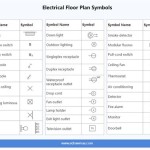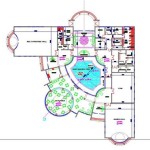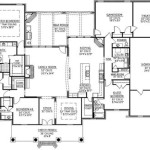Essential Aspects of Build My Own Home Plans
Building your own home can be a daunting task, but it can also be an incredibly rewarding experience. In order to ensure that your home-building project is a success, it is important to carefully consider all of the essential aspects of the process. Here are some of the most important things to keep in mind:
1. Design and Planning
The first step in any home-building project is to develop a design for your home. This will involve determining the size and layout of your home, as well as selecting the materials and finishes that you will use. It is important to work with a qualified architect or designer to ensure that your home is designed in a way that meets your needs and that complies with all applicable building codes.
2. Site Selection
Once you have developed a design for your home, you will need to select a site to build on. This is an important decision, as the location of your home will have a major impact on its value and livability. When selecting a site, you should consider factors such as the size and shape of the lot, the soil conditions, and the availability of utilities.
3. Building Permits and Approvals
Before you can begin construction on your home, you will need to obtain the necessary building permits and approvals from your local government. This process can vary depending on your location, but it typically involves submitting plans for your home to the building department for review and approval. Once your plans have been approved, you will be issued a building permit that will allow you to begin construction.
4. Construction
The construction phase of your home-building project is the most time-consuming and expensive part of the process. It is important to hire a qualified contractor to oversee the construction of your home and to ensure that it is built to your specifications. The construction process can typically be divided into the following stages:
- Excavation and foundation
- Framing
- Roofing
- Windows and doors
- Exterior finishes
- Interior finishes
- Landscaping
5. Inspection and Occupancy
Once your home is complete, it will need to be inspected by building and safety inspectors to ensure that it complies with all applicable building codes. Once the home has passed inspection, you will be issued a certificate of occupancy that will allow you to move into your new home.
6. Maintenance and Repairs
Once you have moved into your new home, it is important to maintain it properly to ensure that it remains in good condition. This includes regular maintenance tasks such as cleaning, painting, and repairing any damage that may occur. It is also important to budget for major repairs that may be necessary from time to time.
Conclusion
Building your own home can be a complex and challenging process, but it can also be a very rewarding experience. By carefully considering all of the essential aspects of the process, you can help to ensure that your home-building project is a success.

House Plans And Design

House Plans And Design

I Like The Layout Of This House If Have Opportunity To Build My Own Home Is How Want It Be Bed Deck Double Garage Floor Plans

10 Best Tools To Help You Design Your Custom Built House Quality Homes Since 1958

House Plans How To Build A Home Step 3 Armchair Builder Blog Renovate Repair Your Own Save Money As An Owner

Palmer 7851 2439 Sq Ft House Floor Plans Build My Own

House Plans

Build My Own Plan Adelaide Rendition Homes

Atobe Construction Company

Pin By Joanna Howard Williams On Home Design And Decor New House Plans Build My Own








